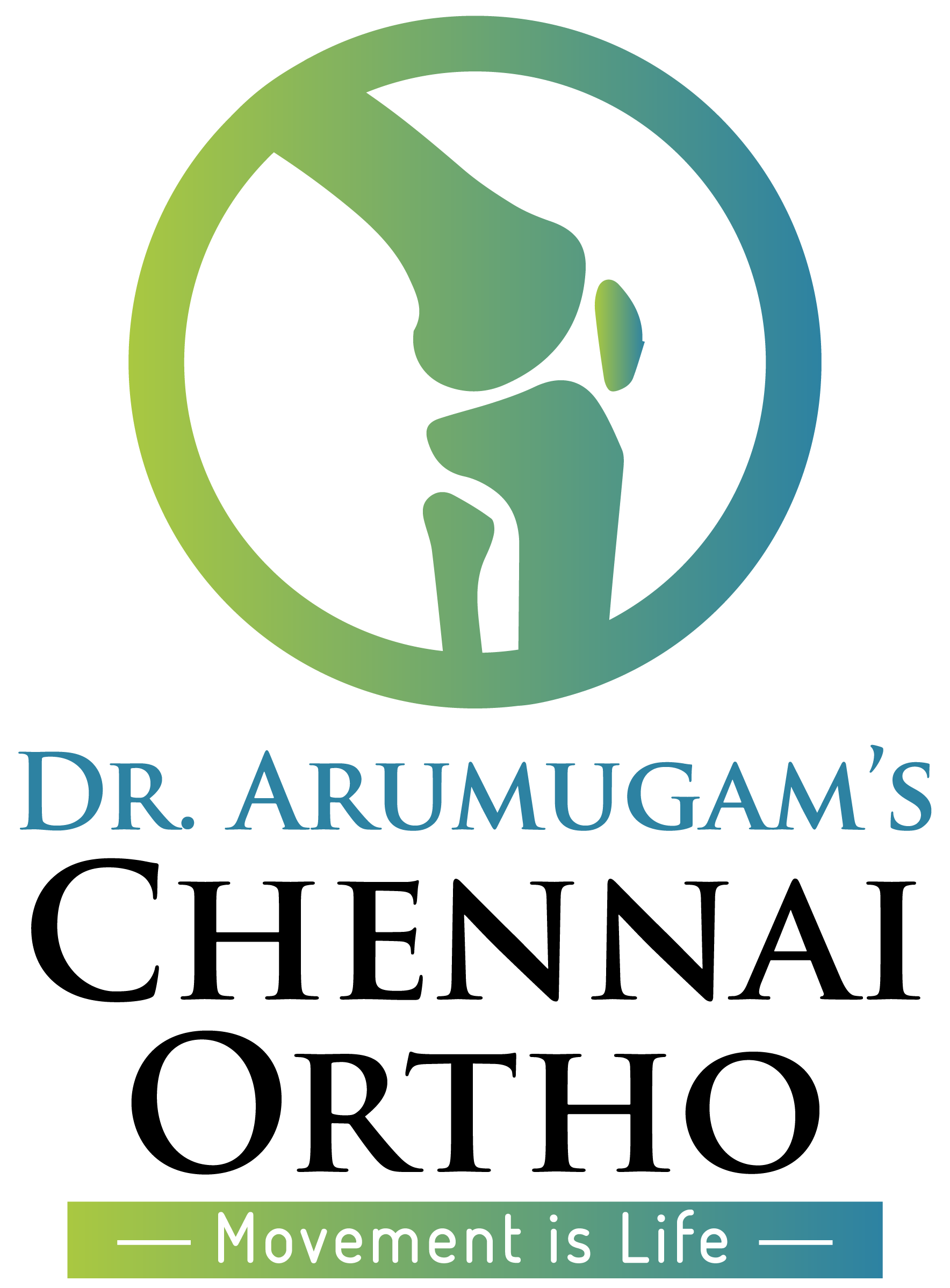Disease and injuries can damage bones, cartilage, ligaments, muscles, and tendons. The most common indications for arthoscopy are:
Inflammation
Synovitis is an inflammation of the lining in the knee, shoulder, elbow, wrist, or ankle.
Acute or Chronic Injury
- Shoulder: Rotator cuff tendon tears, impingement syndrome, and recurrent dislocations
- Knee: Meniscal (cartilage) tears, chondromalacia (wearing or injury of cartilage cushion), anterior cruciate ligament tears with instability and posterior crucial ligament tear
- Wrist: Carpal tunnel syndrome
- Loose bodies of bone and/or cartilage in knee, shoulder, elbow, ankle, or wrist
Problems associated with arthritis also can be treated through arthroscopy.
Most procedures may also combine arthroscopy with standard surgery.
- Rotator cuff surgery
- Repair or resection of torn cartilage (meniscus) from knee or shoulder
- Reconstruction of anterior cruciate ligament in a knee
- Removal of inflamed lining (synovium) in knee, shoulder, elbow, wrist, ankle
- The release of the carpal tunnel
- Repair of torn ligaments
- Removal of loose bone or cartilage in knee, shoulder, elbow, ankle, wrist.
The inside of nearly all joints can be viewed with an arthroscope. Typically six joints are most frequently examined with this instrument. These include the knee, shoulder, elbow, ankle, hip, and wrist. With advancements in fiber optic technology and new techniques developed by orthopedic surgeons, other joints may be treated more frequently in the future.


